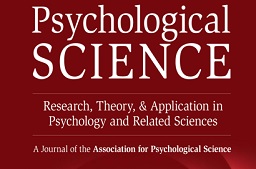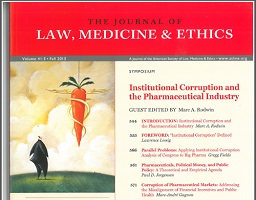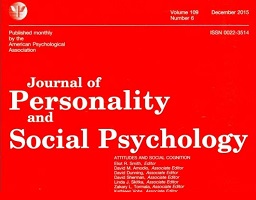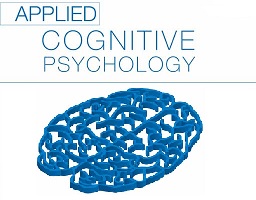The morality of larks and owls: Unethical behavior depends on chronotype as well as time-of-day.
Abstract This article comments on an article by Kouchaki and Smith (see record 2014-01364-010) and explores individuals’ chronotypes and time of day predict their ethicality. The current authors maintain that sleep is governed by two processes: (1) homeostatic processes increase people’s sleep propensity while they are awake, and (2) circadian processes produce cyclical fluctuations in […]



